On November 4 in Hanoi, the Regional Consultation Workshop on the Greater Mekong Subregion (GMS) Investment Framework - a cooperation area between Vietnam, Laos, Cambodia, Thailand, Myanmar and China - in the field of environment took place. The event was jointly organized by the Asian Development Bank (ADB) and the GMS Climate Change and Environmental Sustainable Development Program, co-chaired by the Institute of Strategy and Policy on Agriculture and Environment (ISPONRE/ISPAPE), Ministry of Agriculture and Environment of Vietnam.
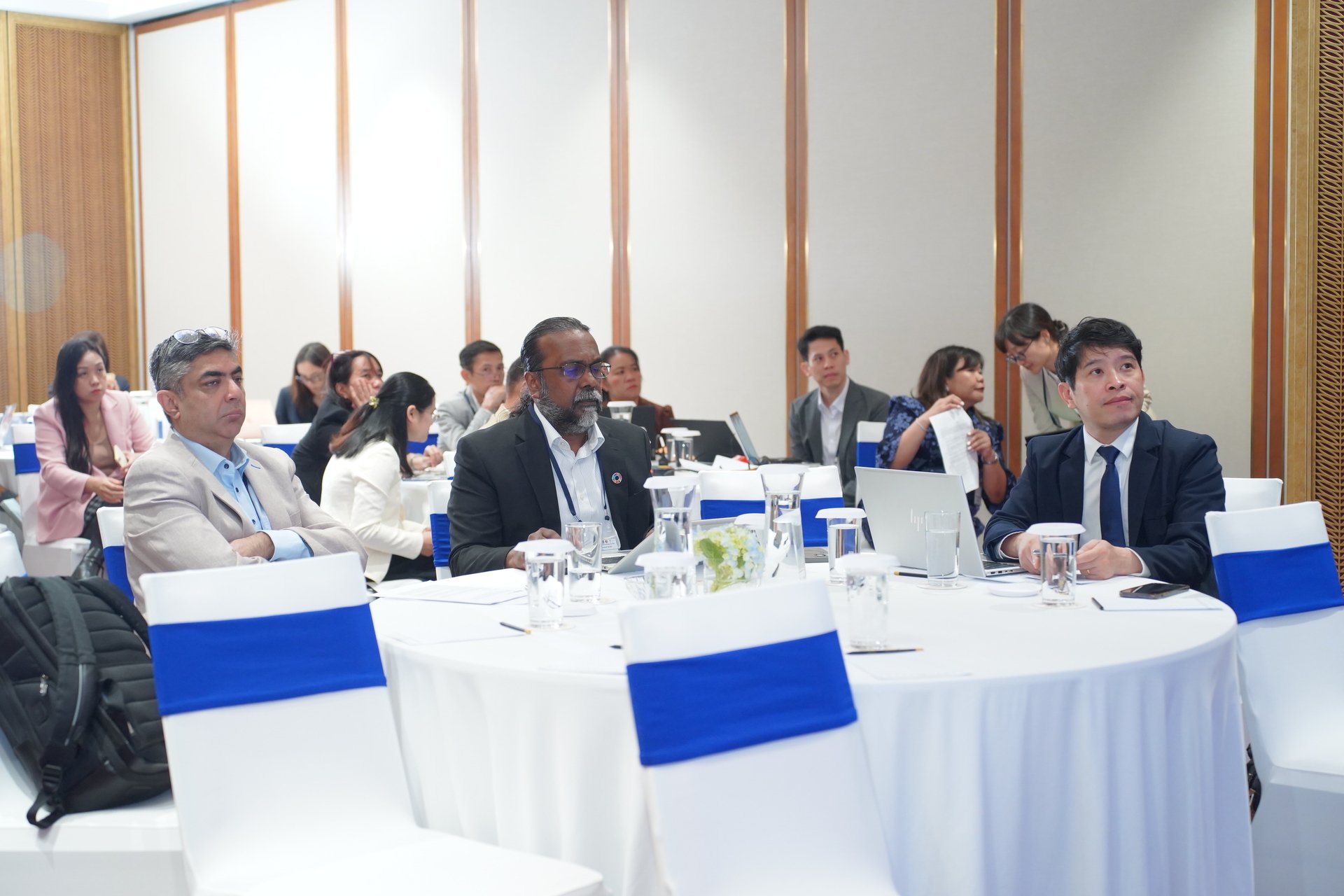
Delegates attending the Regional Consultation Workshop on the Greater Mekong Subregion (GMS) Environmental Investment Framework in Hanoi . Photo: Hong Ngoc.
The workshop was attended by representatives of ministries and sectors from six countries in the Mekong region, along with international organizations and experts, to discuss investment solutions for the environment and climate towards sustainable development.
In his opening remarks, Associate Professor Dr. Nguyen Dinh Tho, Deputy Director of the Institute of Strategy and Policy on Agriculture and Environment, stressed that this is a crucial time when the Mekong region is facing many problems such as climate change, environmental degradation and unsustainable resource exploitation. “These challenges are no longer a distant threat, but are already present, affecting the landscape, livelihoods and future prosperity of the region,” he said.
According to Mr. Tho, the Greater Mekong Subregion, from the upstream to the delta, from the mountains to the sea, is a resource-rich area but is under great pressure. Therefore, the GMS 2030 Strategy on Climate Action and Environmental Sustainable Development is considered a “compass” to help countries move from individual efforts to integrated and cross-border cooperation.
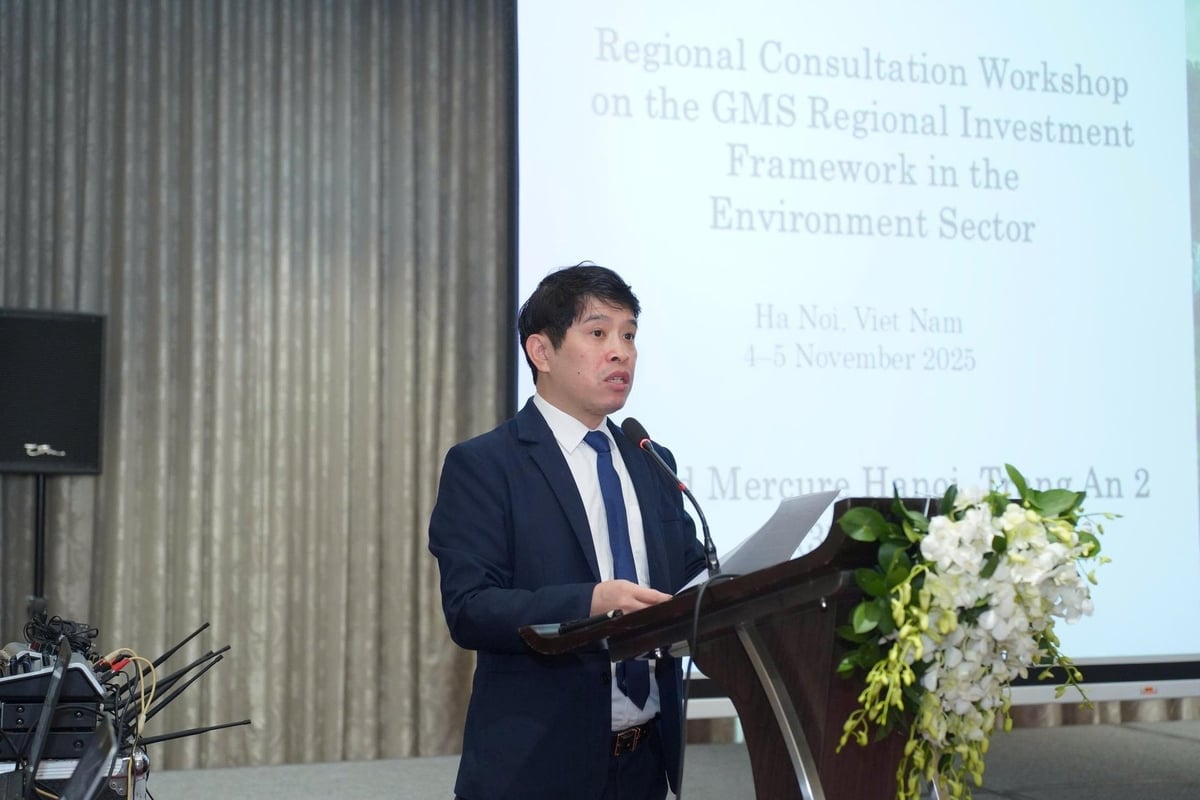
Associate Professor Dr. Nguyen Dinh Tho, Deputy Director of the Institute of Strategy and Policy on Agriculture and Environment, delivered the opening speech. Photo: Hong Ngoc.
“This workshop is not just a portfolio of projects, but a shared roadmap to build a positive future with nature,” he affirmed. Vietnam is committed to working closely with its Greater Mekong Subregion partners to ensure the health of the Mekong River and Gulf of Thailand ecosystems, and to turn discrete proposals into viable investments with practical impacts.
Representative of the Asian Development Bank, Mr. Sumit Pokhrel, Senior Specialist on Natural Resources and Agriculture, emphasized that the GMS has the opportunity to become a “regional leader” in climate adaptation investment and positive development with nature, especially in the context of the world moving towards COP30. According to him, the GMS Strategic Framework 2030, adopted in 2024, inherits nearly 20 years of regional cooperation, aiming towards a sustainable, adaptive, and nature-friendly GMS, while contributing to the implementation of national climate commitments (NDC).
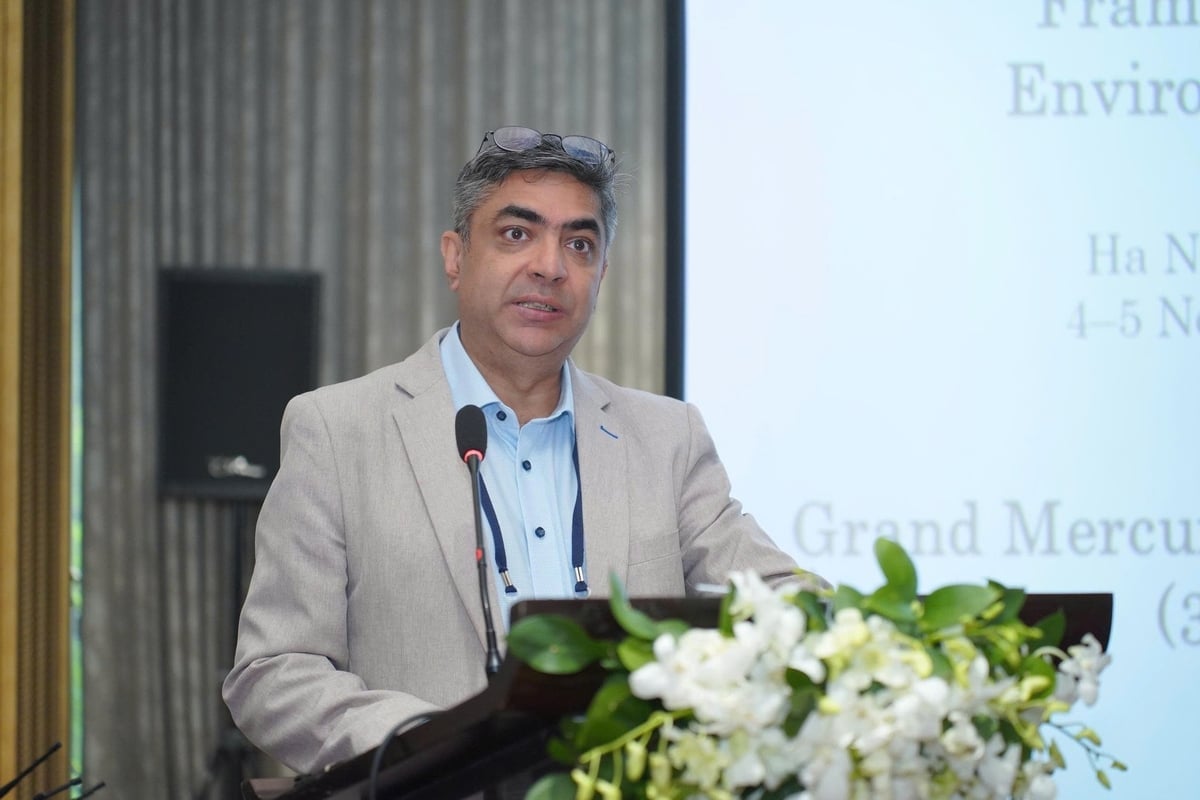
Asian Development Bank representative Sumit Pokhrel shared at the workshop about the opportunity for the Greater Mekong Subregion to take the lead in climate adaptation investment. Photo: Hong Ngoc.
The strategic framework focuses on four themes: (1) strengthening climate and disaster resilience; (2) promoting the transition to a low-carbon economy; (3) developing a circular green economy and controlling pollution; (4) deploying nature-based solutions to conserve biodiversity and livelihoods. The Asian Development Bank aims to mobilize more than $500 million in investments by 2030, through policy dialogue, knowledge sharing, project preparation, and monitoring and evaluation. “This workshop is not just about ideas, but about concrete actions to make the GMS a global model for adaptive and nature-positive development,” Mr. Pokhrel emphasized.
Kewal Thapar, representative of the Greater Mekong Subregion Climate Change and Environmental Sustainability Programme (CCESP) Secretariat, said the Mekong region is a “biodiversity hotspot” but also the world’s most vulnerable region, with the risk of losing up to 11% of its GDP by the end of the century without urgent action. CCESP is currently promoting three main pillars: identifying investment priorities across countries; mobilizing flexible resources from both the public and private sectors; and sharing knowledge and strengthening policies.

Mr. Kewal Thapar, representative of the CCESP Secretariat, shared about the climate challenges in the Mekong region. Photo: Hong Ngoc.
He said the program has implemented 12 community resilience projects, two demonstration projects on green transport and low-carbon agriculture, and transboundary pollution control initiatives. The new phase of CCESP will move from individual activities to an integrated approach across the landscape-marine ecosystem system, aiming to form high-impact regional initiatives, improving the ability to mobilize capital and increasing investment efficiency.
A series of integrated regional initiatives are being proposed, such as the China-Laos Upper Mekong Landscape; the Thailand-Laos Transboundary Forest; the Gulf of Thailand Marine Ecology Initiative connecting Thailand, Cambodia, and Vietnam; and “Mekong Blue” - restoring the lower Mekong river system. These initiatives focus on forest conservation, fire and pollution management, smart agriculture, mangroves, corals, seagrasses, and ecotourism, aiming for a “nature-positive” development model and enhancing community livelihoods.
At the end of the first day of the workshop, delegates agreed that the Regional Investment Framework (RIF) 2025 update process is an opportunity to strengthen the link between national priorities and regional cooperation, thereby shaping a viable investment portfolio to be presented to the 29th Annual Meeting of the GMS Working Group on Environment (WGE-AM29) later this year.
The workshop is expected to contribute to promoting transformative environmental and climate projects, mobilizing large-scale green investment resources and moving towards a more sustainable, inclusive and adaptive Greater Mekong Subregion where people and nature thrive together.
On November 5, the workshop will move to the second technical discussion session, focusing on integrating investment proposals for each landscape ecosystem, river and coastal sea, as well as identifying project preparation needs, financial mechanisms and regional cooperation.
Source: https://nongnghiepmoitruong.vn/tieu-vung-mekong-mo-rong-tang-hop-tac-dau-tu-moi-truong--khi-hau-d782277.html


![[Photo] Ca Mau "struggling" to cope with the highest tide of the year, forecast to exceed alert level 3](https://vphoto.vietnam.vn/thumb/1200x675/vietnam/resource/IMAGE/2025/11/04/1762235371445_ndo_br_trieu-cuong-2-6486-jpg.webp)


![[Photo] Panorama of the Patriotic Emulation Congress of Nhan Dan Newspaper for the period 2025-2030](https://vphoto.vietnam.vn/thumb/1200x675/vietnam/resource/IMAGE/2025/11/04/1762252775462_ndo_br_dhthiduayeuncbaond-6125-jpg.webp)
![[Photo] The road connecting Dong Nai with Ho Chi Minh City is still unfinished after 5 years of construction.](https://vphoto.vietnam.vn/thumb/1200x675/vietnam/resource/IMAGE/2025/11/04/1762241675985_ndo_br_dji-20251104104418-0635-d-resize-1295-jpg.webp)
![[Photo] Ho Chi Minh City Youth Take Action for a Cleaner Environment](https://vphoto.vietnam.vn/thumb/1200x675/vietnam/resource/IMAGE/2025/11/04/1762233574890_550816358-1108586934787014-6430522970717297480-n-1-jpg.webp)
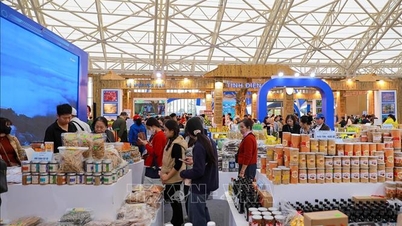

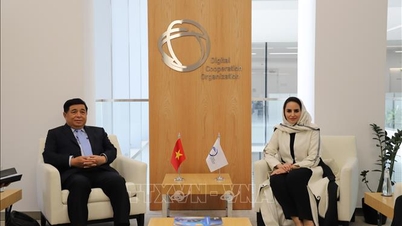
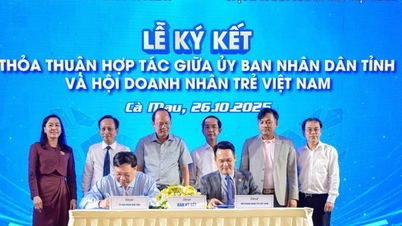

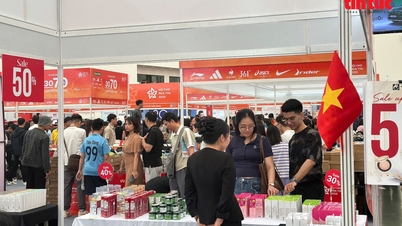


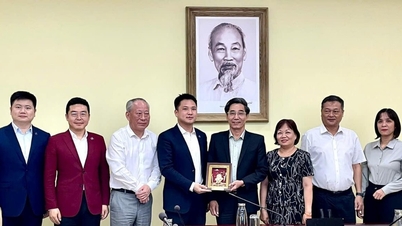

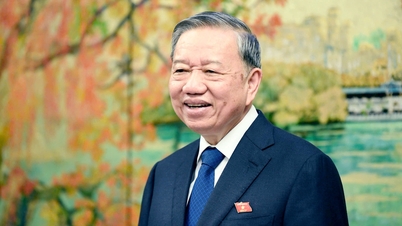


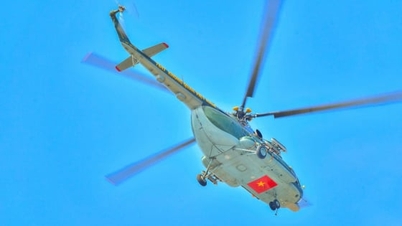
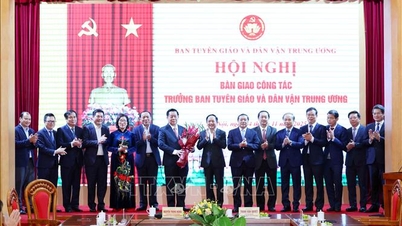
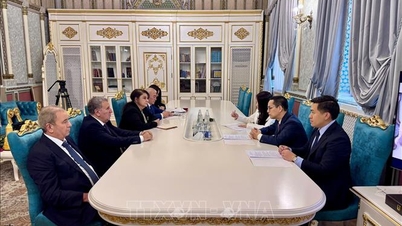





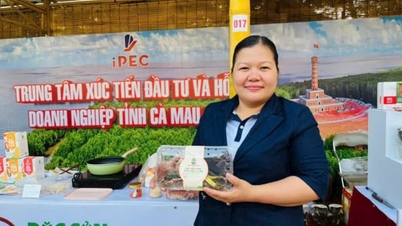

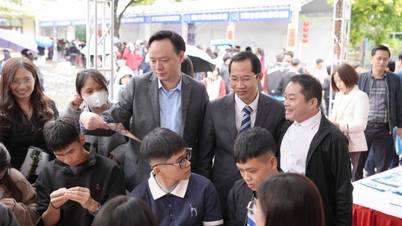

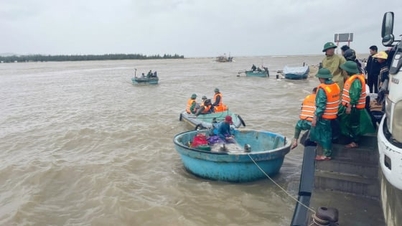





















































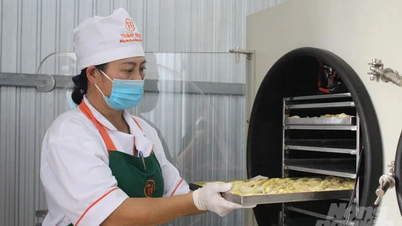

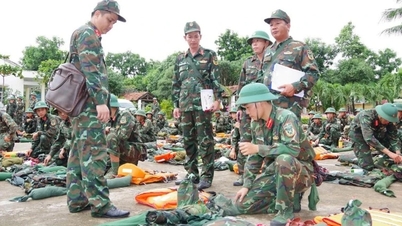












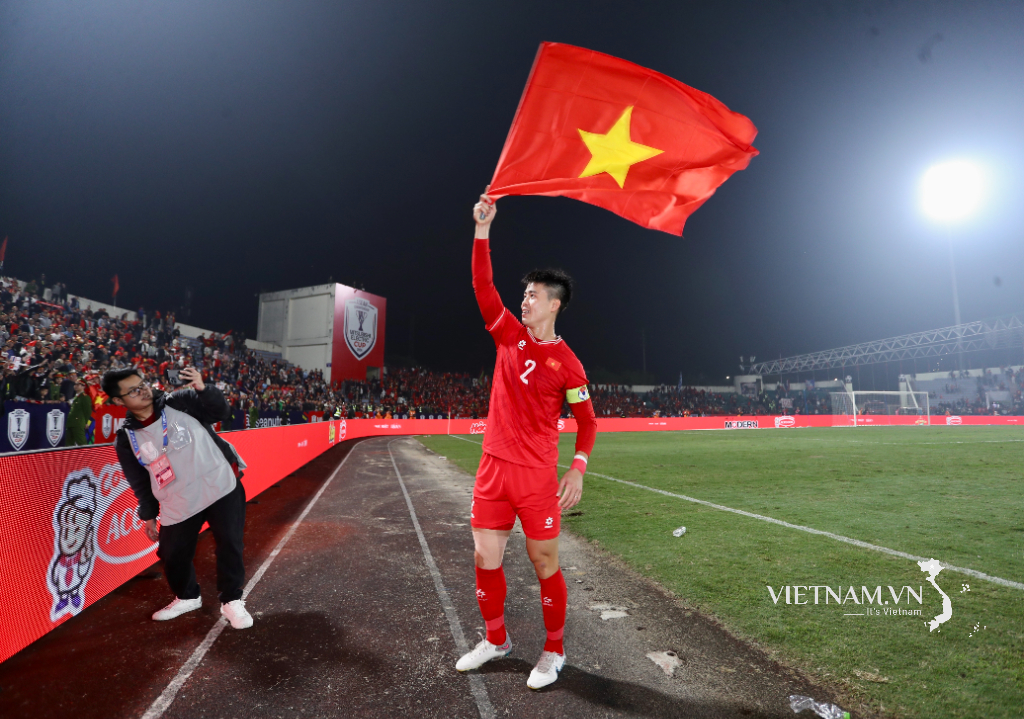

Comment (0)